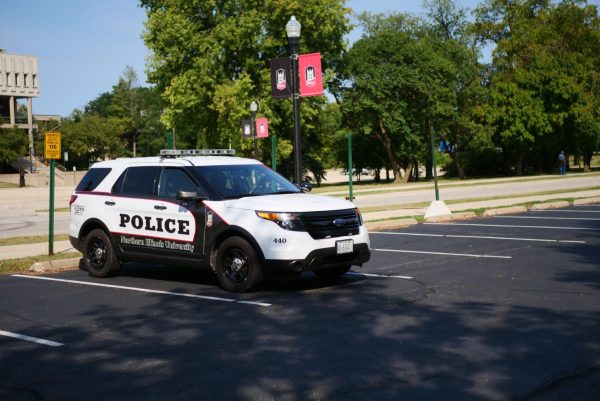New grant helps middle-class students
September 11, 2006
DeKALB | Students enrolling at NIU for the spring 2007 semester who do not receive Monetary Award Program grants will be awarded $500 through a one-time-only MAP Plus Grant.
The MAP Plus Grant is the result of the sale and restructure of part of the student loan portfolio currently owned by the Illinois Student Assistance Commission. The legislation creating MAP Plus was signed by Gov. Rod Blagojevich on July 30 this year.
Eligibility for the grant
The $500 grant is expected to be awarded to students who meet the eligibility requirements, are not already receiving a MAP Grant and are enrolled for the fall 2006 and spring 2007 semesters.
ISAC estimates the Map Plus Grant will benefit 225,000 students in Illinois. The difference between the MAP Grant and the MAP Plus Grant is that MAP is designed to assist students who demonstrate financial need. MAP Plus is the first program that is expected to assist students from middle-class families who do not particularly demonstrate financial need.
“This is going to be for the students who are mostly only eligible for student loans,” said Linda Dersch, the senior assistant director at NIU’s Student Financial Aid office.
MAP Plus is designed to help sophomores, juniors and seniors who are Illinois residents enrolled in MAP-approved Illinois colleges. The student must fill out a Free Application for Federal Student Aid (FAFSA) and must come from a family whose adjusted gross income is less than $200,000 in the appropriate tax year.
“The expected family contribution won’t play a role in this at all,” Dersch said.
The fact that expected family contribution won’t be considered makes the MAP Plus Grant different from the MAP Grant and other state and federal financial aid.
“Everybody who has applied for financial aid and that meets this criteria [will receive Map Plus],” Dersch said.
Other sources of aid
Although MAP Plus is expected to be dispersed during the fall 2006 and spring 2007 semesters, students should not expect to see $500 worth of free money for each semester henceforth.
“This will probably be a one-time shot for this year, because once those funds are gone, they’re gone, and there’s no other way of generating funds,” Dersch said. “Unless the legislature can allocate funds from somewhere else for subsequent years, the MAP Plus Grant is temporary.”
Other motivations for students to fill out a FAFSA include the cost of education as well as deadlines.
“We’re finding for the last several years our numbers go up every year of students applying for aid because the cost of education keeps going up,” Dersch said.
Many students who can expect to see a MAP Plus Grant are students who are eligible for a MAP Grant, which usually awards more than $500, but did not complete their FAFSA by the deadline date.
“We always tell students when they complete the FAFSA that we use the March 1st deadline, but usually if they apply by May they’re still okay,” Dersch said.
For students who would like to know how to begin the process of getting money for school, Dersch said there are several key components that play into financial aid, and students should fill out their FAFSA early. However, students should not simply file a FAFSA and expect to have their tuition paid for by aid.
Students who are interested in receiving money for tuition also should do some work themselves.
“There are several scholarship searches online that students can access from the links on the financial aid site,” Dersch said. The Financial Aid office also has a scholarship area in the front of the office with books in which students can find scholarships associated with their majors or other aspects of their lives.
Carlene Eck is a Campus Reporter for the Northern Star.













